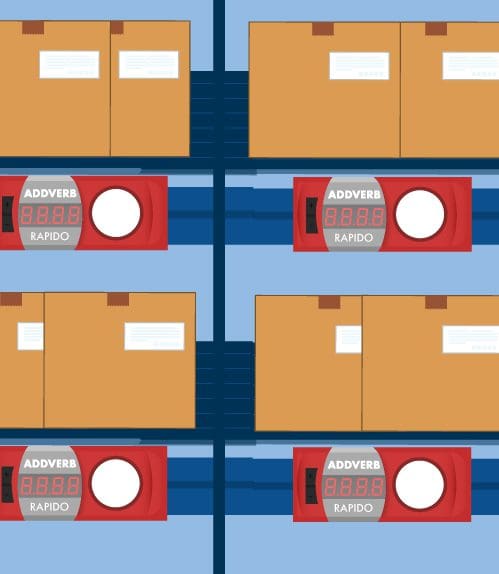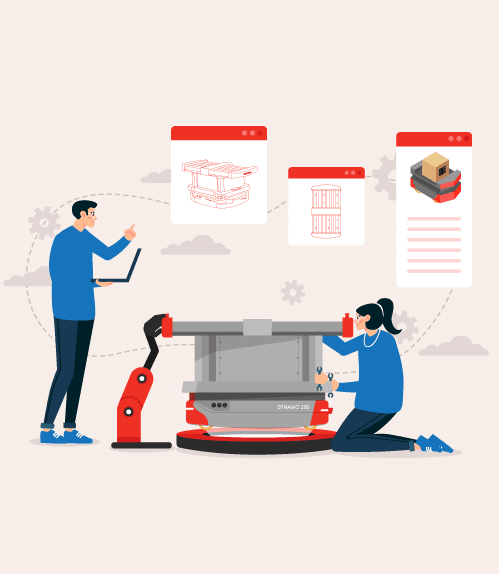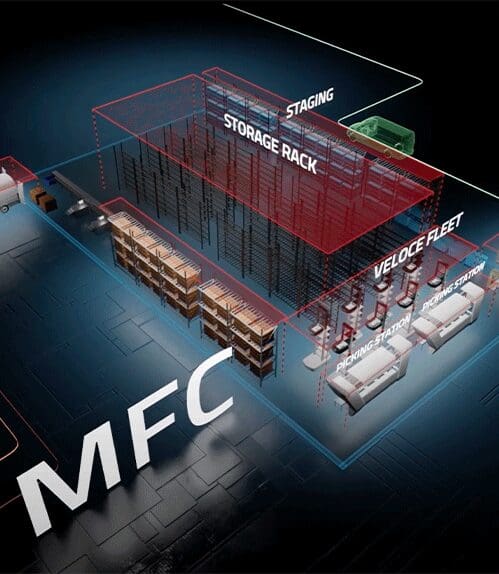Technology has fundamentally altered our lives. It has led to the disruption of business models and the development of innovative products to drive up efficiency. “Industrial Revolution” led to mass manufacturing and an increase in the scale of operation, this led to the creation of big factories followed by large warehouses. Warehouses have become the cornerstone of supply chain management and the warehousing process elements have become the source of the proverbial “Competitive Advantage”.
One of the most pivotal parts of the warehousing process is “Order Picking”. Research has pegged the cost of the “Order Picking” process at approximately 55% of the total warehouse operating cost. With such critical importance, it becomes imperative to look at the factors that determine the outcome of the “Order Picking” process. Order Picking primarily depends on the following factors:
1. Level Of Automation: Warehouses can be completely manual, semi-automated or fully automated. The degree of automation involved impacts the service levels of Order Picking.
2. Layout Of Warehouse: Building a warehouse depends on customer demand, economy, product consumption pattern, accessibility and inventory levels. These collectively determine the layout of the warehouse for instance number of aisles, storage locations, etc. This, in turn, determines the methodology.
3. Operational Policies: One of the critical factors on which Order Picking depends is operational policies/decisions. They comprise of storage patterns, customer demand patterns, routing and order release mode.
4. Methodology: Order Picking methodology can be broadly classified as:
- Person-To-Item: The person (Picker) goes to different storage locations to collect the items.
- Item-To-Person: The person (Picker) collects the items from a picking bay. Through equipment such as sorter, conveyor, etc. items are put in picking bay from the storage area.
- Zone Picking: The entire warehouse storage locations are divided into sub-units (Zones). Each person (Picker) picks only items of the order which fall in his zone. Zones are activated in serial order, one after the other. The order is complete after passing through the last zone.
- Wave Picking: In this again, the entire warehouse storage locations are divided into sub-units, items from different orders from one zone are picked together and consolidation and final sorting of orders happen later.
Key parameters to determine the proficiency of Warehouse Order Picking are
Delivery Time: This is the time taken from releasing order to completion of the order and final delivery of order for dispatch. A manual system such a Person-To-Item leads to high variability resulting in irregular dispatch and loss of flexibility. Shorter delivery time ensures more bandwidth to handle run-time changes in the order. Minimizing the Delivery time is the primary measure of an Order Picking System.
Reliability or Order Integrity: Picking up the correct item is critically important as a wrong order can lead to a disgruntled customer.
Correct picking ensures that a company is able to meet the demand of the customer on-time every time. The person-to-item methodology is the most commonly used methodology in warehouses today, typically it involves quite a lot of human interface and leads to a lot of variability in the operation. On average a Picker usually spends 70% of his time traveling and searching. With so much time spent on this activity and only 15% of the time spent in actual picking, the rest of the time is spent in setting-up and completing the pick ( validating the checklist). This entire process has a lot of scope for improvement. Add to the fact that the organizations face a lot of attrition at the level of Pickers. Quite a lot of time is wasted in training the new pickers and optimizing their working routes and working patterns. Going ahead, we shall take a look at how Addverb harnesses the technology to automate the Order Picking and address the inefficiencies.








